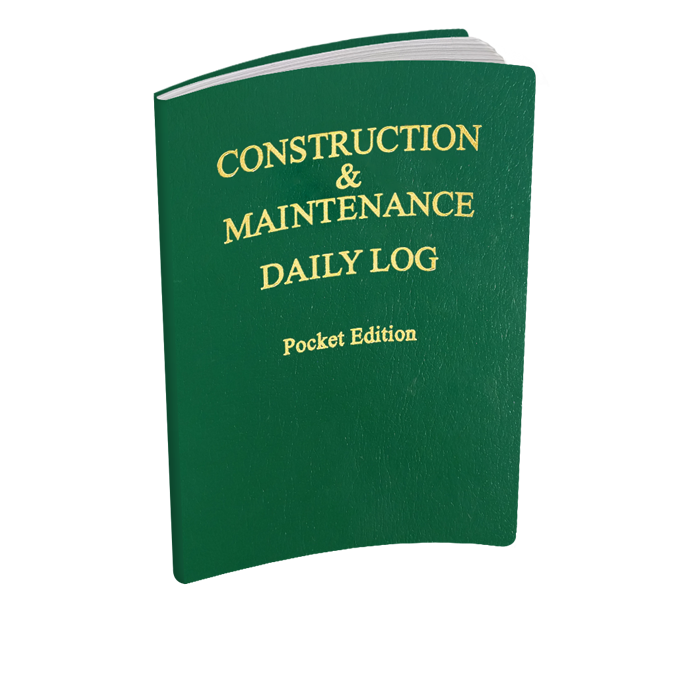U.S. 50/Severn River Bridge Median Barrier Replacement and Lane Reconfiguration (Between State Routes 70 and 2/450)
Annapolis, Md.
Best Project and Project of the Year Finalist
Owner: Maryland State Highway Administration
Lead Design Firm|Structural, Civil & MEP Engineer: Wilson T. Ballard Co.
General Contractor: Fay (an i+iconUSA Co.)
Owner’s Engineer: Wilson T. Ballard Co.
Subcontractors: Franco’s Liberty Bridge and Paul J. Rach Inc. (Concrete); Midasco LLC (Electrical); Sunrise Safety Services Inc. (Maintenance of Traffic); Aggregate Industries (Paving)
Innovation was the key to adding a fourth traffic lane to a congested 2,856-ft-long crossing along a critical route connecting central Maryland with the Chesapeake Bay Bridges and the Eastern Shore. The bridge carries normal traffic volumes topping 25,000 vehicles a day. But the addition of several thousand beach-bound travelers turns the bridge into a notorious chokepoint on Friday afternoons during the summer months.
The upgrade had to be carefully integrated without making an already tough traffic situation worse. Timing was critical. The project was scheduled to be completed before Memorial Day weekend in 2018, which is traditionally the start of the peak shore travel season.
The proximity of the crossing’s existing, separate 100-ft-tall east- and westbound bridges made it feasible to add capacity by joining the structures, which also preserved the existing footprint. The work would require partial demolition of existing bridge decks and catwalks, new steel diaphragms, pouring a new deck and placing of a new median barrier.
ENR’s judges were impressed with what one calls the “really complex” challenge of carrying out the expansion in the middle of a busy highway. One judge noted that Roads & Bridges listed the project as one of the Top 10 bridge projects in 2018. The judge also observed that the team earned the maximum incentive by finishing the $18.3-million project 38 days ahead of schedule and within budget.
Most of the topside work on the bridge was limited to nighttime hours, but reaching the underside required barges and a suspended work platform. Right-of-entry agreements with adjacent property owners allowed grading, drainage, environmental and shoulder-widening work to take place on a less restrictive schedule.
Lean construction practices and planning tools were critical for scheduling and coordinating activities of multiple shifts throughout the nearly eight-month construction phase, the team says.
While the project’s objective was to provide smoother traffic flow, the original plan to use cast-in-place sections for the permanent median barrier complicated the ability to regularly shift lanes during construction. Instead, the project team altered the design to incorporate precast barriers with footing sections that could double as movable traffic-maintenance barriers during nighttime lane closures.
The precast sections’ design was further enhanced to match expansion joint locations and the bridge’s gradually arching profile. This approach allowed the project team to use the same precast forms for barriers on the bridge and the approaches.
After delivery of new precast drainage inlet boxes, project team members avoided another potential scheduling problem when they found the boxes to be higher than the specified bridge elevation. Field workers developed a solution to cut part of a new precast inlet box, matching its top elevation with the finished grade while also fitting into existing pipes. That avoided having to refabricate the inlets, a process that would have taken several weeks and forced a delay in completing the new bridge.
Despite working near live traffic, working over water and performing major work during nighttime hours, the project team says it had “no major safety incidents” and zero lost-time accidents. The project had a 2.40 OSHA Recordable Incident Rate during more than 83,300 worker-hours performed.
Contractor Fay credits the project’s safety record to a site-specific safety manual it developed. It covered standard procedures such as fall protection, equipment safety and working around utilities. It also addressed project-specific issues such as demolition, silica and working near waterways. Fay distributed the manuals to all personnel, including subcontractors, and required them “to read and commit to them.”
The team also developed a cold weather safety plan. An onsite safety manager also oversaw safety efforts and training.
Back to "MidAtlantic's 2019 Best Projects Shine Across The Region"









